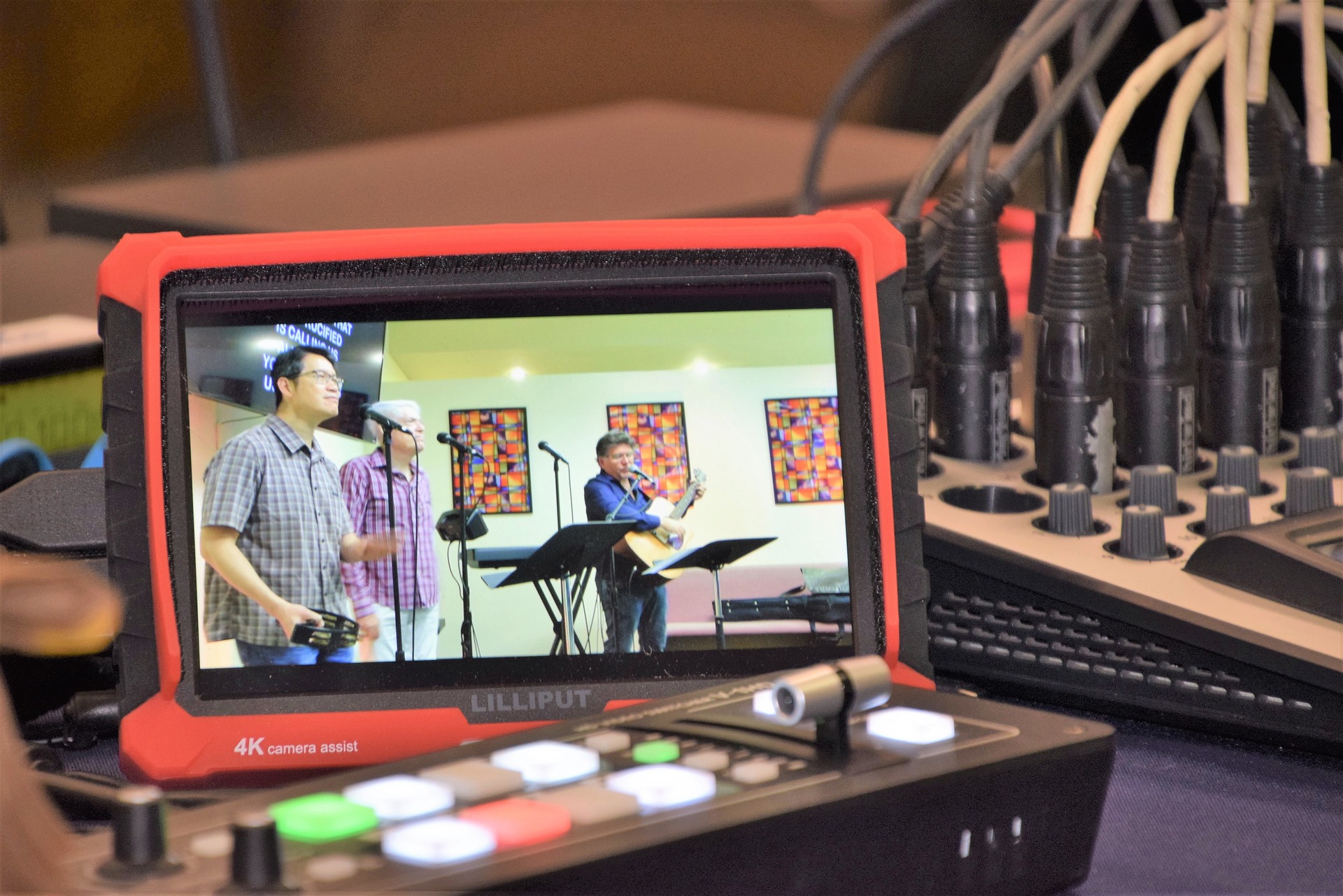Content creation is the process of developing and producing various types of media or
materials, such as articles, blog posts, videos, podcasts, social media posts, and more. The
aim of content creation is to generate engaging and informative materials that attract,
entertain, and inform the target audience.
The process of content creation typically involves several steps, including researching and
identifying the target audience, defining the topic or theme of the content, creating an
outline or script, gathering or creating any necessary visual or multimedia assets, and
finally, publishing or distributing the finished content through various channels.
Content creation is an important aspect of marketing, branding, and communication, as it
can help businesses and individuals build relationships with their audience, establish
thought leadership, increase brand awareness, and drive engagement and conversions.
● How can you learn Content creation?
Learning content creation involves a combination of both theoretical knowledge and
practical skills. Here are some steps you can take to start learning content creation:
Identify your niche: Start by identifying the area or topic you want to create content about.
This could be anything from food, travel, technology, health, or any other area of interest.
Research and study: Read books, blogs, and articles on content creation, marketing, and
writing. You can also take online courses or attend workshops to learn more about content
creation and best practices.
Practice: Practice your skills by writing, creating videos, podcasts, or any other type of
content. Start small and gradually build your skills over time.
Get feedback: Share your work with friends, family, or an online community to get feedback
and constructive criticism. This will help you identify areas for improvement and refine your
skills.
Experiment and learn from others: Look for inspiration from other content creators and
experiment with different formats and styles to find what works best for you.
Use tools and software: Use tools and software to help you create and edit content, such as
grammar checkers, video editing software, and graphic design tools.
Remember, learning content creation is an ongoing process, so be patient and persistent,
and keep practicing and learning from your mistakes.
● How can you earn money after learning Content creation?
There are several ways you can earn money after learning content creation. Here are some
of the most common:
Freelancing: You can offer your content creation services to businesses, individuals, or
organizations on a freelance basis. This could include writing articles, creating videos or
podcasts, managing social media, or any other content-related task. You can find freelance
opportunities on platforms like Upwork, Fiverr, or Freelancer.
Sponsored content: You can partner with brands or companies to create sponsored
content, where you create content that promotes their products or services. Sponsored
content can take many forms, such as blog posts, videos, social media posts, and more.
Affiliate marketing: You can earn a commission by promoting other people’s products or
services through your content. This could include placing affiliate links in your blog posts,
videos, or social media posts, and earning a commission on any resulting sales.
Advertising revenue: If you have a popular blog, YouTube channel, or social media
following, you can earn money through advertising revenue. This could include placing ads
on your website, videos, or social media posts, and earning a commission based on clicks
or impressions.
Creating and selling digital products: You can create and sell digital products, such as
e-books, courses, or templates, that teach others how to create content. You can sell these
products on platforms like Gumroad, Teachable, or Udemy.
Remember, earning money from content creation takes time and effort. You need to build
an audience, establish yourself as an expert in your niche, and consistently create
high-quality content that engages and informs your audience.

